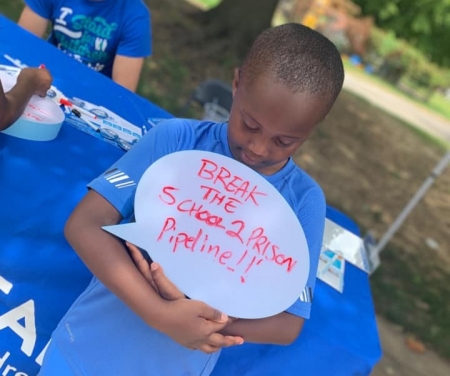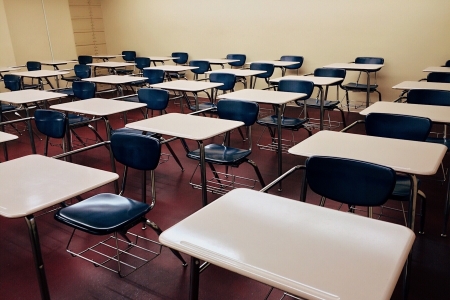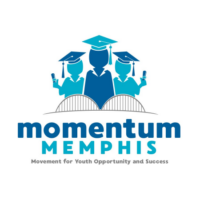Shout out to Memphis Stand Outreach Coordinator Paul Gardner on being accepted in The Education Trust in Tennessee’s School Finance Institute! Here’s what he had to say about being selected to participate in this spring’s cohort class.
“I’m so happy to be a part of The Education Trust Finance Institute! I’m looking forward to expanding my working knowledge of how school funding works in Tennessee and share that info with parents, educators, and community members that supports Stand for Children so that we can effectively strategize and advocate for education equity at the local and state level. I’m also excited to have the opportunity to network with others across the state who are passionate about ensuring our students and schools have the funding they need and deserve!” -Paul Garner, Stand for Children-TN, Lead Outreach Coordinator.
About ED Trust’s Tennessee School Finance Institute:
The Education Trust in Tennessee is launching the Tennessee School Finance Institute to develop a cadre of well-informed advocates who want to learn about school finance and bring about meaningful funding reform for Tennessee students. Members are equipped with information, analysis, and practical skills to become leaders and strong advocates for school funding in Tennessee. Learn more about The Education Trust in Tennessee by visiting edtrust.org/tennessee/






















